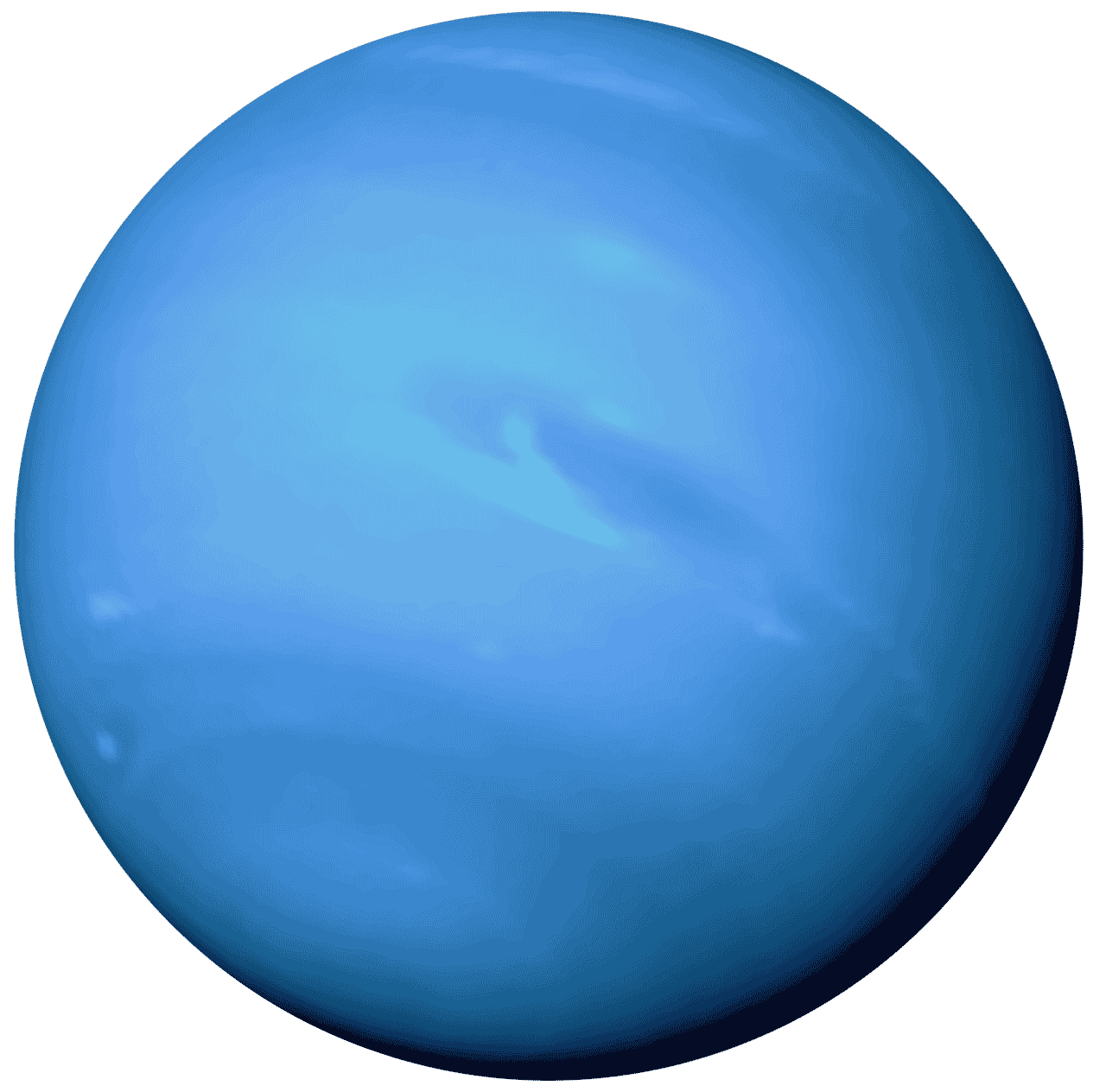Uranus is the seventh planet from the Sun and stands out as one of the most unique planets in our solar system. Discovered by William Herschel in 1781, Uranus was the first planet found with a telescope, marking a new era in astronomical exploration.
Extreme Axial Tilt & Seasons
Unlike any other planet, Uranus spins on its side with an axial tilt of 98 degrees. This unusual orientation is believed to be the result of a massive collision with an Earth-sized object long ago. As a result, Uranus experiences the most extreme seasons in the solar system. Each pole gets 42 years of continuous sunlight, followed by 42 years of darkness, creating dramatic seasonal changes that affect its atmosphere and weather patterns.
Atmosphere & Composition
- Uranus is classified as an ice giant, with a slushy interior of water, methane, and ammonia ices surrounding a small rocky core.
- Its atmosphere is composed mainly of hydrogen and helium, with a higher proportion of "ices" than Jupiter or Saturn.
- The planet's pale blue color comes from methane gas, which absorbs red light and reflects blue-green wavelengths.
- Despite its calm appearance, Uranus can experience powerful storms and high-altitude clouds.
Rings & Moons
Uranus is encircled by 13 faint, dark rings and has 27 known moons, many named after characters from the works of Shakespeare and Alexander Pope. Its largest moons, such as Titania, Oberon, and Miranda, display a variety of geological features, including canyons, cliffs, and ancient impact craters.
Uranus is our beautifully strange, sideways-spinning mystery, offering scientists a window into the diversity and complexity of planetary systems.
